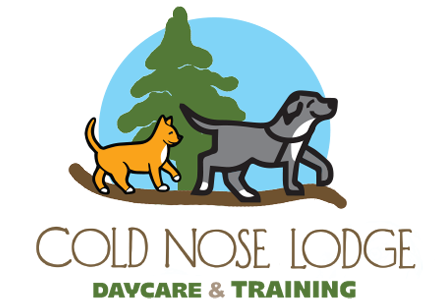Winter Grooming
Many people are confused about proper grooming for their dogs in the winter. Here are a few facts to help you make a grooming schedule.
 If you have a dog with long fur, you need to brush it regularly all year round. If the fur gets matted, it can trap moisture or pull on the skin. Be sure to brush through to the undercoat. Don’t miss brushing the hair behind the ears. This is the most common location we find mats.
If you have a dog with long fur, you need to brush it regularly all year round. If the fur gets matted, it can trap moisture or pull on the skin. Be sure to brush through to the undercoat. Don’t miss brushing the hair behind the ears. This is the most common location we find mats.
If you normally have your dog’s fur cut short in the summer, you can consider keeping it longer for the winter. Discuss with your groomer when you make your appointment. Some people continue to get the shorter cut and use a sweater or jacket when their dogs go outside. Unlike wild animals that need to build up a winter coat, our dogs are in heated homes most of the time.
Nail trims can be even more important for dogs trying to manage walking on icy surfaces. Depending on the activity level of your dog, schedule nail trims every 6-8 weeks. For more detailed information, please refer to our post about foot care.
Dogs do still get dirty in the winter and need to be cleaned. You can probably go a little longer between baths, but depending upon activity level and breed, every 4-8 weeks is a good schedule. Because the air can be drier in the winter, use a moisturizing shampoo, such as oatmeal or tea tree oil. Do not use shampoo made for humans. Dogs have a different pH requirement, so you and your dog will not get the same results from your shampoo. Make sure your dog has completely dried before allowing back outside on the colder days. Wet fur can freeze. For touch ups between baths, look for cleansing wipes made specially for dogs.
Lastly, don’t forget your dog’s ears. Apply a small amount of ear cleaner to a cotton ball or cotton pad. Wipe inside each ear. If the cotton comes out clean, you are done. If a small amount of brown goop is on the cotton, repeat the process with a clean piece. If you notice a strong smell or a lot of extra debris in the ear, please stop cleaning and contact your veterinarian. The doctor may want to get a sample of the debris to check for bacteria or yeast.
